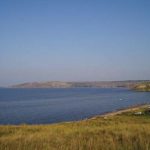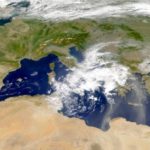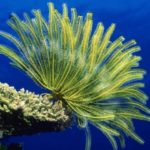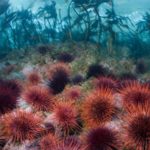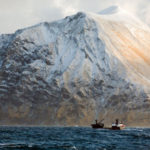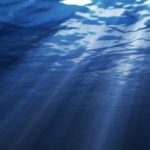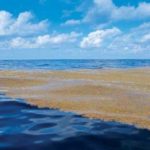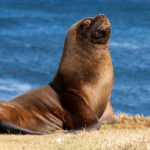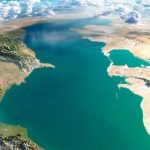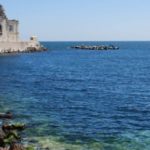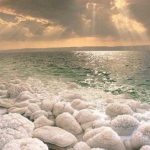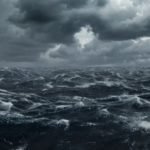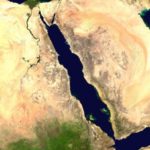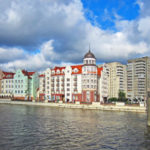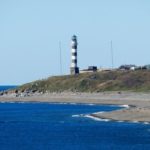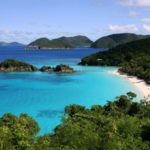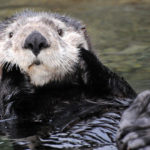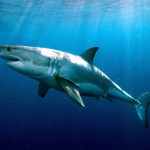Interesting facts about the Baltic Sea
 The Baltic Sea, located in the north of Europe, is, as you know, the cradle of the Russian fleet. Well, at the same time it is a large pond, rich in a variety of animals and amazing beauty of the severe northern landscapes. In summer, some even manage to bathe in this sea, however, the water in it is still never really warm.
The Baltic Sea, located in the north of Europe, is, as you know, the cradle of the Russian fleet. Well, at the same time it is a large pond, rich in a variety of animals and amazing beauty of the severe northern landscapes. In summer, some even manage to bathe in this sea, however, the water in it is still never really warm.
The Baltic Sea can be called truly young – it was formed, as scientists established, only about four thousand years ago.
This sea differs a little depth – on average this parameter is about fifty meters.
In the Baltic Sea, ebbs and tides are almost not felt – the water level changes by some couple of tens of centimeters, which is significantly lower than in most other seas.
The Baltic Sea is considered quite calm in terms of waves – they rarely exceed three meters in height, even in bad weather. However, there were also waves above 10 meters high.
The northern part of the Baltic Sea freezes in winter. A similar picture is observed in the Sea of Japan.
The ecological situation in the Baltic Sea leaves much to be desired, since after the Second World War, chemical weapons were buried here on the seabed. The past few years have not been in vain – the water gradually erodes containers with chemicals, and toxic substances start to leak out.
On the bottom of the Baltic Sea, a gas pipeline is laid – the famous “Nord Stream”.
Estonians call the Baltic Sea the West, and the Germans, Swedes and Finns – Eastern.
On the Danish coast of the Baltic Sea there is an amazing place – the so-called “Forest of trolls”, a park where once-planted trees are bizarrely bent. The reason for this transformation of tree trunks is still not clear until the end.
In the waters of the Baltic Sea more gold is dissolved than in any other sea.
Approximately seven to eight thousand years ago, on the site of the modern Baltic Sea, there was a lake.
The Baltic Sea borders on the North Sea, but the waters of these seas practically do not mix. The reason is different density.

